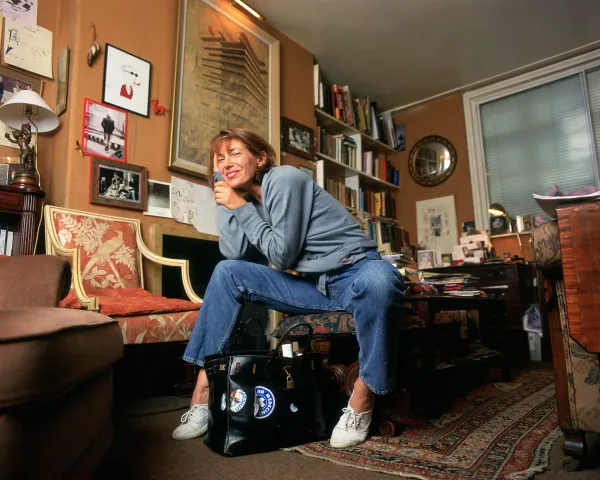How to Price Your Art Effectively: A Guide to Navigating the Art Market
Learn how to set prices that honor your journey and attract a diverse audience, while building a sustainable and rewarding art career.

Pricing your art is complex—it’s not just a number; it’s a reflection of your vision, your craft, and your unique place in the art world or rather, the art universes. This journey begins with understanding your environment, so start by observing other artists in your field. The art world is vast and diverse, and it’s easy to feel lost within it. Look at other creators with similar styles, mediums, and career stages. Platforms like Artsy, Etsy, and even local galleries can reveal what buyers expect. Notice the patterns, but remember, this isn’t about imitation. Use this insight to ground yourself, like setting the compass on your pricing journey.
Your art isn’t just a product; each piece reflects hours of labor, skill, and creative insight. There’s a practical side to pricing, too. Break down the cost, from the canvas and paint to the hours spent refining each detail. A simple formula can help:
Price = Materials + (Hours Worked × Hourly Rate) + Overhead
Picture this: a small sketch priced at $80 (covering $20 in materials, 2 hours at $15 per hour, plus $30 for studio costs). A mid-size painting might be $360, and a large mixed media piece could run to $1,225. These are starting points, not set rules. With each piece, each price tag reflects not only your materials but the time, vision, and expertise you pour into your work. Adjust these prices as you grow, letting them evolve as your demand increases.
Your career is a journey, and pricing should evolve with it. Early on, you might set prices low to attract your first supporters—those early buyers who believe in your work. As demand rises, allow for gradual increases that reflect your growth. Every small price adjustment is a way to mark your progress and give collectors a chance to invest in your journey.
Not everyone can buy an original, and that’s perfectly okay. Offering a range of price points allows a wider audience to connect with your work. You might set premium prices for original pieces, mid-range prices for limited editions, and accessible rates for small, open-edition prints. This way, you’re offering an invitation at every level—whether it’s a $1,500 original, a $200 limited-edition print, or a $40 postcard. This tiered pricing doesn’t just help sales; it builds a community around your work, inviting people from different backgrounds to join your journey.
As demand grows, let your prices reflect it. If pieces start to sell quickly or you’re gaining visibility, consider slight price increases. Avoid sudden jumps—incremental hikes show confidence while respecting loyal supporters. Announcing adjustments through newsletters or social media allows followers a chance to collect before the shift, giving a sense of transparency and urgency. Each sale then becomes an investment in your evolving body of work.
And as you grow, keep your audience in mind. Selling locally often requires pricing with the regional economy in mind, while an online platform like Saatchi Art might support higher prices for a global audience. Casual buyers may be drawn to small, affordable pieces, while dedicated collectors seek originals or limited editions. Balancing these expectations builds a strong reputation, reflecting both your art’s value and your understanding of the marketplace.
In the end, pricing isn’t just about numbers; it’s about honoring your artistic integrity. Each price should reflect the journey you’re on. There’s no single formula to follow, only a continual process of growth shaped by your vision and the market around you. Trust in your path, and let each price tell the story of your art’s worth.
At ART Academy, we’re here to guide you in building a pricing strategy that not only sustains your practice but honors your unique place in the art world. This journey is yours, and we’re here to help you make it both fulfilling and sustainable.
ART Academy





